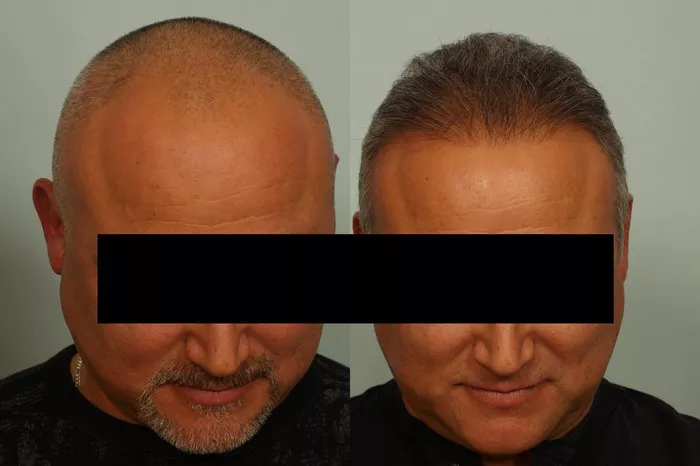After undergoing a hair transplant procedure, patients often wonder when it’s safe to resume activities like wearing a helmet. The timeline for helmet use is a crucial aspect of post-operative care, influencing the success of the transplant and the overall satisfaction of the patient. In this article, we will outline a comprehensive helmet use timeline to guide individuals through the post-transplant recovery process.
Immediate Post-Operative Period (Days 1-7):
The immediate post-operative period is characterized by the formation of scabs around the transplant sites. During this phase, it’s imperative to adhere to the surgeon’s post-operative care instructions strictly. Avoid any activities that may strain the scalp or disrupt the delicate grafts. Helmet use is strictly prohibited during this time to ensure the initial healing process is not compromised.
See Also: The Average Cost of Bosley Hair Transplant: A Complete Guide
Week 2-3: Healing Continues:
Around the second week post-transplant, the scabs around the transplant sites typically start to fall off. This period may also coincide with the shedding of transplanted hair, a natural part of the process. While the scalp is still in the healing phase, patients are advised to refrain from wearing a helmet.
By the end of the third week, most patients experience a significant reduction in scabbing, indicating that the healing process is progressing well. However, it’s crucial to wait for the surgeon’s approval before considering the resumption of activities that involve pressure on the scalp.
Week 4-6: Gradual Resumption of Normal Activities:
Around the fourth week, many patients receive the green light from their surgeons to gradually resume normal activities. This includes activities like light exercises and, in some cases, the cautious use of a helmet. However, it’s essential to follow specific guidelines provided by the surgeon.
When considering helmet use during this period, opt for short durations initially and assess how the scalp responds. Choose a well-fitted helmet without tight straps, and ensure there is no undue pressure on the transplant sites. If discomfort or irritation arises, it’s advisable to discontinue helmet use temporarily and consult with the surgeon.
Week 7 Onward: Full Resumption and Monitoring:
By the seventh week post-transplant, many patients can fully resume wearing a helmet for extended periods. However, it’s crucial to continue monitoring the scalp’s response and prioritize comfort. Regular check-ups with the surgeon are essential during this phase to ensure that the grafts have fully stabilized and are not at risk of compromise.
As the weeks progress, patients can gradually increase the duration of helmet use, ensuring that there are no signs of irritation or pressure-related issues. It’s important to note that individual healing patterns may vary, and some patients may need more time before feeling completely comfortable with prolonged helmet use.
Consult Your Surgeon Throughout the Process:
Throughout the entire helmet use timeline, regular communication with the surgeon is paramount. Surgeons typically schedule follow-up appointments to monitor the healing progress and provide personalized advice based on the individual’s response to the transplant.
If any concerns or complications arise during the helmet use timeline, such as persistent discomfort, redness, or swelling, it’s crucial to contact the surgeon promptly. Timely communication ensures that any issues can be addressed promptly, contributing to the overall success of the hair transplant procedure.
Conclusion:
In conclusion, the helmet use timeline after a hair transplant is a gradual process that requires patience and adherence to the surgeon’s guidance. Understanding the phases of post-operative healing and respecting the specified timelines for resuming activities like helmet use is essential for the long-term success of the transplant and the satisfaction of the patient. By following this step-by-step guide, individuals can navigate the post-transplant recovery journey with confidence and ensure the optimal outcome of their hair restoration procedure.


